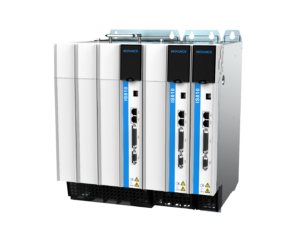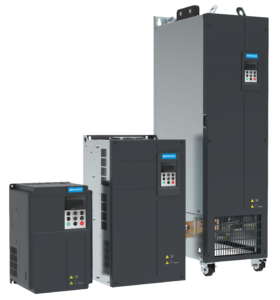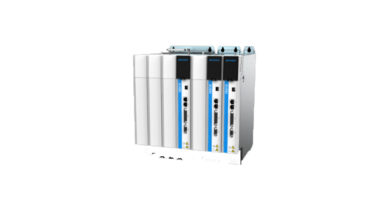IIoT set to optimize manufacturing


Mr. Anil Kumar- Director, Inovance Technology India
At Inovance, we define IIoT (the Industrial Internet of Things) as the idea that factories and their manufacturing processes are constantly connected in real-time through the cloud. The result is a system where all data is shared, allowing for full transparency and optimization of operations. True IIoT has arguably not been taken to its fullest extent yet but, as an industrial automation component and systems supplier, Inovance is working in this direction by engineering a deep integration of automation hardware and software technology.

The benefits of IIoT
Many companies are not aware of the benefits that IIoT capabilities can bring to their businesses. This is particularly true of SMEs (small and medium-sized enterprises). SMEs will often assume that advanced automation technology is not for them, yet this is often incorrect. Small manufacturers tend, rightly, to be customer-focused. They often don’t have the resource to look at their own internal processes and think “could I be doing things better”? Therefore, they are often internally labour intensive and inefficient. Automating processes can be an easy win for many SMEs, immediately boosting the bottom line.
It could be as simple as installing an intelligent variable speed drive on a fan that was previously operating direct online at 100% capacity all the time, and yet was only needed for 20% of the time, causing massive savings in energy bills. Or it could be more complex. Remote monitoring, easily enabled via an Ethernet port with a Modbus TCP/IP protocol (such as is available in an Inovance AM600 controller, IS810N drives or MD500-PLUS drives), can take efficiencies a step further. Potentially allowing, for example, OEMs to remain connected to machines that are out in the field, conducting remote diagnostics across every component in order to deliver cheaper and more rapid maintenance services.

Concerns about cybersecurity
One problem with connected technologies is that factory managers worry about cybersecurity. Firstly, they worry that sharing too much of their data will make their business vulnerable to hackers. Secondly, they worry that data ownership will become blurred if the information is sent back to OEMs or component vendors. All these concerns are real, but they can be overblown, and they don’t counteract the competitive pressures that will ultimately force most manufacturers to embrace the IIoT. Ultimately, companies will have to address these worries by improving their own IT capabilities, or by bringing in external consultants.
What’s around the corner?
Predictive maintenance is probably the most clearly defined near-future use-case for true IIoT technology. Predictive maintenance involves monitoring machines, components, and systems, enabling advanced warning before unexpected failures, so as to avoid unplanned downtime. I think predictive maintenance is likely to be the first real-world IIoT capability that we’ll start to see deployed across industry at large scale.
www.inovance.eu/india
info@inovance.ind.in



